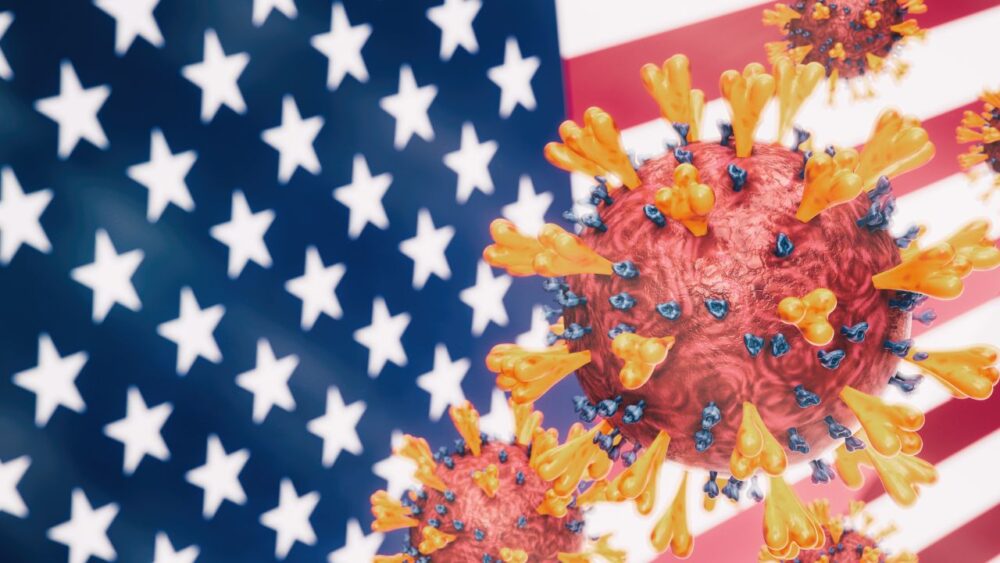The Centers for Disease Control and Prevention (CDC) says cases of the new COVID-19 variant NB.1.8.1 have been identified in the United States.
While there have been too few reported cases to be included in the CDC’s COVID Data Tracker, a spokesperson for the national public health agency confirmed the strain’s presence in the U.S. to Fox News Digital.
The new strain has been blamed for a spike in COVID-19 cases in China and Hong Kong. So far, however, fewer than 20 have been reported in the United States.
“There have been fewer than 20 sequences of NB.1.8.1 in the U.S. baseline surveillance data to date, so it has not met the threshold for inclusion in the COVID Data Tracker dashboard,” a CDC spokesperson said to Fox News Digital.
“We monitor all SARS-CoV-2 sequences, and if it increases in proportion, it will appear on the Data Tracker dashboard.”
Despite the presence of the new variant, on May 23, the CDC said emergency room visits for influenza, COVID, and RSV remain at “very low” levels, a trend the agency expects to persist for the next two weeks. Most states, including Texas, are currently experiencing low or very low levels of COVID-19 cases. South Dakota is the only exception, where the disease is circulating at a high level.
CBC News reports that cases of the NB.1.8.1 variant were identified through the CDC’s airport screening program.
Earlier this month, The Dallas Express reported that the U.S. Food and Drug Administration (FDA) is amending how it approves updated COVID-19 vaccines. The change will see the organization focus on eligibility for older adults and people with underlying health conditions. According to the FDA, the shift will bring the U.S. more in line with vaccine strategies seen in places like Australia, the United Kingdom, and Canada.
A study earlier this year by researchers at the University of Southampton found nearly one in 10 people in England could be living with so-called Long COVID-19. A previous study concluded the rates of Long COVID-19 could be even higher, suggesting more than four out of 10 people infected could end up with the long-term disorder.


